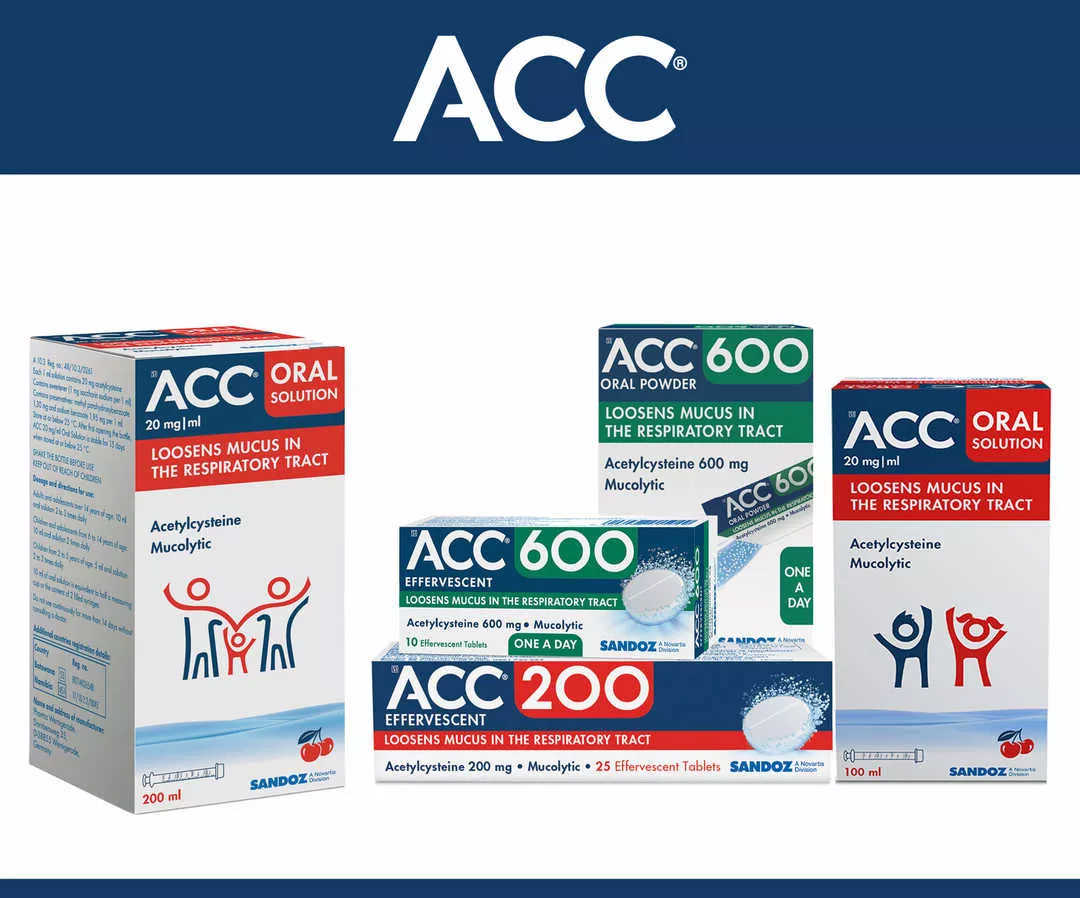UNDERSTANDING YOUR SINUSES
What are the sinuses?
Your sinuses are a group of hollow (air-filled) cavities inside your skull.1,2 These cavities are lined with soft pink tissue known as mucosa and contain a thin layer of mucus.1

The different types of sinuses are:1,3
- Maxillary sinuses: The largest sinuses, located in your cheekbones just below your eyes.
- Frontal sinuses: Found in the lower centre of your forehead in the frontal bone above your eyes and around your eyebrows.
- Ethmoid sinuses: Tiny air cells located in the ethmoid bone at the bridge of your nose between your eyes.
- Sphenoid sinuses: Found in the sphenoid bone behind your nose, in the centre of your head.
What do the sinuses do?Sinuses have a few useful functions. These include:
|
| Did you know? Your sinuses reach their full mature size when you’re in your early 20s, but they continue to grow very gradually for the rest of your life.3 |
|---|
Healthy sinuses vs blocked sinuses

When your sinuses are healthy, they are clear and filled with air.4 The thin mucus lining captures foreign particles that you breathe in and clears them out.2
| Did you know? The average adult breathes more than 7000 L of air a day!2 Your sinuses are constantly working to filter and humidify this air.2 |
|---|
When you get sick, your sinuses can get blocked and filled with fluid (mucus).4,5 This blockage or “snottiness” is known as congestion.6 Congestion can cause bacteria to build up which may lead to a sinus infection (sinusitis).4,5
Learn more about sinus congestion and sinus infections.

ACC® relieves mucus congestion in the airways1-3

| References |
|---|
|
| Image References |
|---|
|
| Sidebar References |
|---|
|
[S1] ACC® 20 mg/ml Oral Solution. Reg. No.: 48/10.3/0261. Composition: Each 1 ml of ACC 20 mg/ml ORAL SOLUTION contains 20 mg acetylcysteine. ATC Code: R05C B01.
[S1] ACC® 200 (effervescent tablets). Reg. No.: 29/10.2.2/0753. Composition: Each ACC 200 effervescent tablet contains: 200 mg acetylcysteine. Pharmacological Classification: A10.3 Medicines acting on the respiratory system – other.
[S1] ACC® 600 (effervescent tablets). Reg. No.: 45/10.3/0229. Composition: Each effervescent tablet contains 600 mg acetylcysteine. [S1] ACC® 600 ORAL POWDER. Reg. No.: 51/10.3/0816. Composition: Each sachet contains 600 mg of acetylcysteine. ATC Code: R05CB01.
For full prescribing information refer to the Sandoz Professional Information approved by the South African Health Products Regulatory Authority (SAHPRA).
Contact Us
Sandoz SA (Pty) Ltd, Reg. No. 1990/001979/07,
Magwa Crescent West,
Waterfall City,
Jukskei View,
Midrand,
2090.
Tel: +27 (11) 347 6600.
SANCAL Customer Call Centre: 0861 726 225.
Reporting of AEs:
https://pvi1j.solutions.iqvia.com or [email protected]